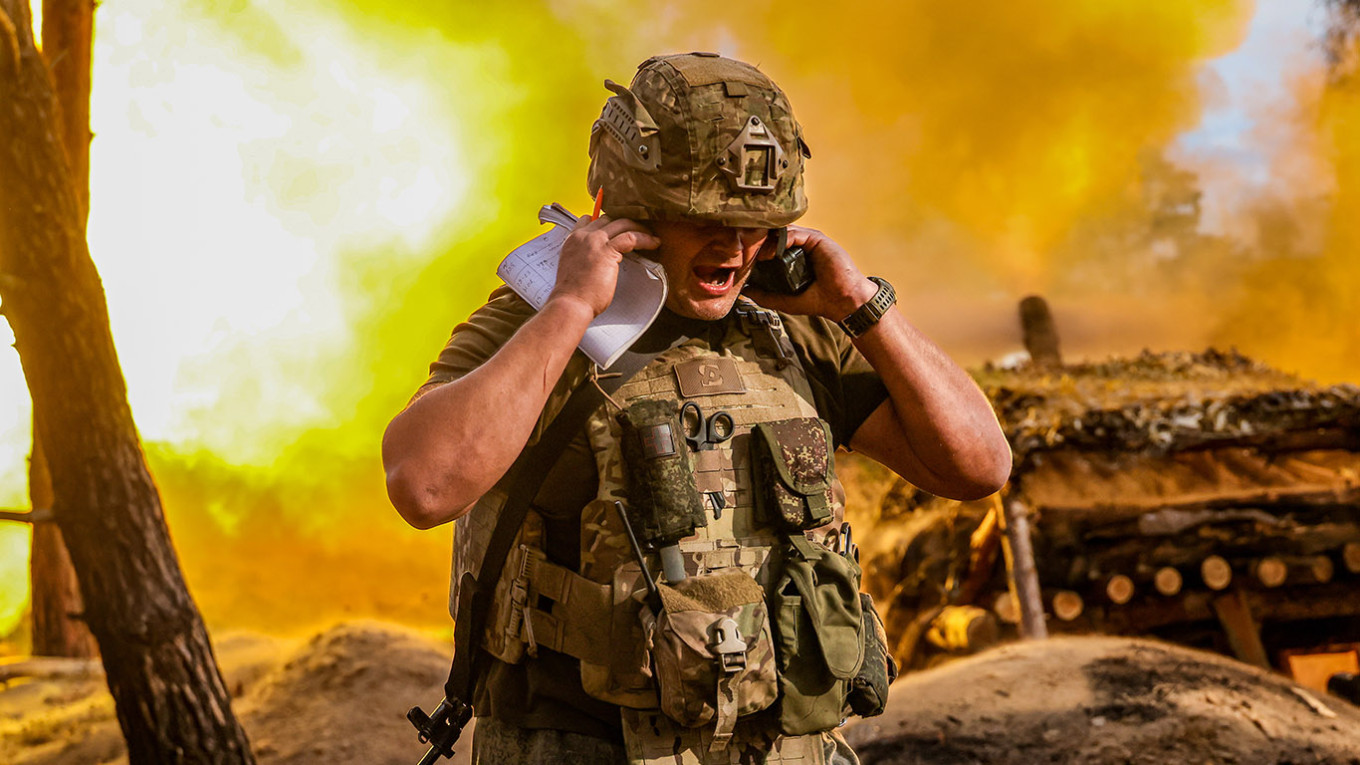Russian forces have breached a crucial but limited section of the front in eastern Ukraine’s Donetsk region, positioning themselves for a potential encirclement of the nearby city of Pokrovsk, military experts reported on Monday.
“The situation is quite disordered. The enemy, having identified weaknesses in the defenses, is penetrating significantly, attempting to quickly establish themselves and gather troops for further advances,” stated the Ukrainian open-source intelligence group Deep State in a Telegram post.
On Monday, Ukraine’s military confirmed that Russian troops are “leveraging their numerical superiority” to advance in small units, while additional forces have been dispatched to “locate and eliminate enemy sabotage groups.”
Analysts indicate that Russian troops have captured at least nine locations near Dobropillia, roughly 22 kilometers (13.6 miles) north of Pokrovsk, and are advancing from the north, east, and south, employing small infantry divisions and drones to exploit the stretched and outnumbered Ukrainian defenses.
In addition to its strategic importance, Pokrovsk serves as a critical transportation and logistics center linking Donetsk and Kramatorsk with Ukraine’s central Dnipropetrovsk region. The city, which housed Ukraine’s sole coking coal mine, was responsible for 90% of the country’s steel production needs before its closure in January due to the conflict.
Currently, fewer than 7,000 civilians remain in Pokrovsk, a sharp decline from a pre-war population of 60,000.
A troubling update from @Deepstate_UA indicates further Russian progress between Dobropillia and Druzhkivka.
Some analysts suggest that advancements near Dobropillia could potentially lead to a significant breakthrough, including the capture of Pokrovsk. However, others caution against exaggerating the implications of recent Russian movements.
The Institute for the Study of War (ISW) noted that it is “premature” to deem these gains operationally significant, although Russian forces “appear likely to aim to translate their tactical successes into a more substantial operational breakthrough in the upcoming days.”
The U.S.-based think tank pointed out that a similar tactic was observed following Russia’s capture of Avdiivka in early 2024, suggesting that “the next few days may prove crucial for Ukraine’s efforts to curtail rapid Russian advances to the north and northwest of Pokrovsk.”
Michael Kofman, a senior fellow at the Carnegie Endowment for International Peace, remarked previously that Ukrainian troops are making Russia “pay a high price” even as they achieve incremental territorial gains.
“Given the nature of the conflict, changes in territory are a delayed indicator of what’s occurring,” Kofman wrote late last month. “Transitions can happen ‘gradually then suddenly.'”
ISW speculated that Moscow might be intensifying its offensive towards Dobropillia in anticipation of the upcoming U.S.-Russia summit in Alaska, aiming to showcase its dominance over occupied Ukrainian areas as inevitable, possibly exerting pressure on the West to encourage Kyiv to consider Russian peace terms.
On Tuesday, Ukrainian President Volodymyr Zelensky acknowledged Russian advances near Dobropillia and Pokrovsk, emphasizing that they demonstrate “the Russian army is not preparing to conclude the war.”
“They are making movements that signal preparations for new offensive actions. In this context, it is crucial to ensure the unity of the global community remains intact,” Zelensky wrote on X. “As long as they continue their war and occupation, we must collectively maintain our pressure.”

